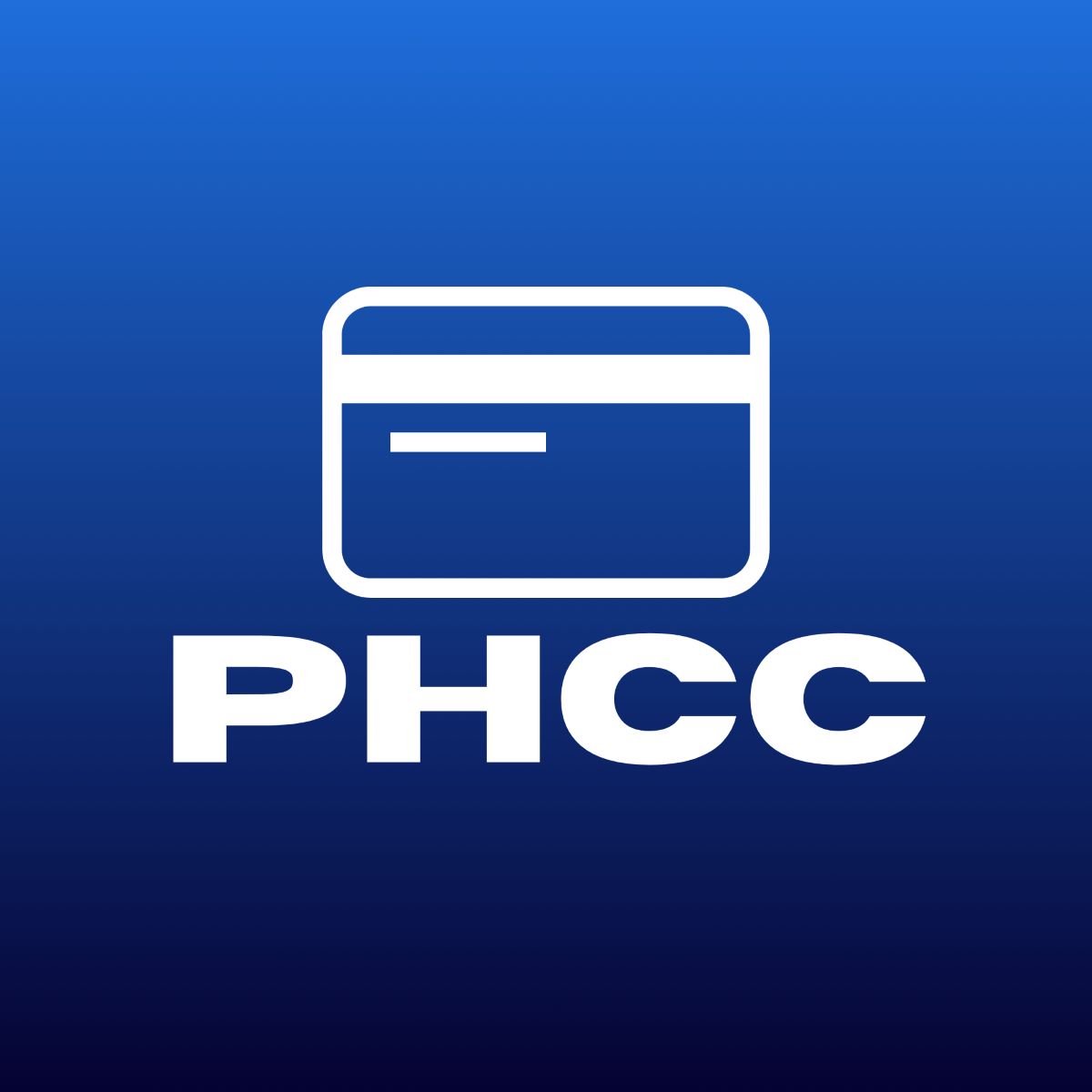

Finance
How To Calculate Minimum Payment Due At USAA
Published: February 27, 2024
Learn how to calculate the minimum payment due on your USAA account with our helpful finance guide. Take control of your finances today!
(Many of the links in this article redirect to a specific reviewed product. Your purchase of these products through affiliate links helps to generate commission for LiveWell, at no extra cost. Learn more)
Table of Contents
Introduction
Welcome to the world of personal finance, where understanding the dynamics of minimum payments can make a significant difference in managing your financial well-being. Whether you're new to credit cards or a seasoned user, comprehending the concept of minimum payment due is crucial for maintaining a healthy credit score and avoiding unnecessary debt accumulation.
In this guide, we'll delve into the intricacies of calculating the minimum payment due at USAA, a financial services company catering to military members and their families. By gaining a comprehensive understanding of how minimum payments are determined, you'll be better equipped to make informed financial decisions and effectively manage your credit card obligations.
Understanding the nuances of minimum payments is essential for responsible financial management. By exploring the factors that influence minimum payments and learning how to calculate them accurately, you can take control of your financial health and work towards a more secure and stable future.
So, let's embark on this enlightening journey through the realm of minimum payments, empowering you with the knowledge and insights needed to navigate the intricacies of personal finance with confidence and proficiency.
Understanding Minimum Payment Due
When it comes to credit card usage, the minimum payment due refers to the lowest amount that you are required to pay each month to keep your account in good standing. This amount is typically calculated as a percentage of your total outstanding balance, ensuring that you meet at least the minimum obligation towards your credit card debt.
It’s important to note that while making the minimum payment by the due date helps you avoid late fees and maintain a positive credit history, it may not necessarily lead to significant progress in reducing your overall debt. In fact, carrying a balance by consistently making minimum payments can result in accruing substantial interest over time, leading to a prolonged repayment period and higher overall costs.
Understanding the dynamics of minimum payments empowers you to make informed decisions about your financial obligations, enabling you to strategically manage your credit card debt and minimize the impact of interest accumulation.
By delving into the intricacies of minimum payments, you gain valuable insights into the financial mechanisms that govern credit card usage, allowing you to approach your financial responsibilities with clarity and foresight. This knowledge serves as a cornerstone for building a solid financial foundation, equipping you to make sound financial choices and navigate the complexities of credit management effectively.
Factors Affecting Minimum Payment
The minimum payment due on your USAA credit card is influenced by several key factors, each playing a significant role in determining the amount you are required to pay each month. Understanding these factors is essential for gaining insight into the dynamics of minimum payments and their impact on your overall financial well-being.
Outstanding Balance: The most influential factor in calculating the minimum payment is the outstanding balance on your credit card. Typically, the minimum payment is calculated as a percentage of this balance, often ranging from 1% to 3% of the total amount owed. As your outstanding balance fluctuates, so does the minimum payment due.
Interest Rate: The annual percentage rate (APR) applied to your credit card balance significantly affects the minimum payment. Higher interest rates lead to increased minimum payments, as a larger portion of your payment goes towards covering the interest charges, making it more challenging to reduce the principal balance.
Fee Assessments: Any applicable fees, such as late fees or over-limit fees, can impact the minimum payment due for the following month. These fees are added to the outstanding balance, consequently increasing the minimum payment required to keep the account in good standing.
Payment History: Your payment history, including any missed or late payments, can also influence the minimum payment. In some cases, a history of late payments may trigger an increase in the minimum payment amount as the issuer seeks to mitigate the risk associated with the account.
Credit Limit Utilization: The percentage of your credit limit that you have utilized, known as credit utilization, can impact the minimum payment. Higher utilization ratios may lead to higher minimum payments, as creditors may perceive higher utilization as an increased risk.
By recognizing and understanding these factors, you can gain valuable insights into the dynamics of minimum payments and their implications for your financial management. This knowledge empowers you to make informed decisions regarding your credit card usage and develop effective strategies for managing your financial obligations responsibly.
Calculating Minimum Payment Due
Calculating the minimum payment due on your USAA credit card involves a straightforward yet crucial process that determines the amount you are required to pay each month to maintain your account in good standing. While the specific calculation may vary slightly based on the issuer’s policies, the fundamental method typically involves a combination of the outstanding balance and a predetermined percentage.
The most common approach to calculating the minimum payment is to apply a percentage, often ranging from 1% to 3% of your total outstanding balance. This percentage is then combined with any applicable fees and the interest accrued during the billing cycle. The resulting sum represents the minimum payment due for that particular month.
For example, if your outstanding balance is $2,500 and the minimum payment percentage is 2%, the calculated minimum payment would be $50. However, it’s important to note that this amount may vary based on the issuer’s specific terms and conditions, as well as any additional fees or interest charges incurred during the billing cycle.
Understanding how the minimum payment is calculated empowers you to anticipate and plan for your monthly credit card obligations effectively. By staying informed about the factors that contribute to the minimum payment amount, you can proactively manage your finances and make strategic decisions to minimize interest costs and reduce your outstanding balance over time.
It’s crucial to remember that while making the minimum payment by the due date is essential for avoiding late fees and maintaining a positive credit history, it’s generally advisable to pay more than the minimum whenever possible. By doing so, you can expedite the reduction of your outstanding balance and mitigate the long-term impact of interest accumulation, ultimately working towards financial freedom and stability.
Tips for Managing Minimum Payments
Effectively managing minimum payments on your USAA credit card is essential for maintaining a healthy financial profile and minimizing the long-term impact of credit card debt. By implementing strategic approaches to handle your minimum payments, you can navigate your financial obligations with confidence and work towards a more secure financial future.
- Pay More Than the Minimum: While making the minimum payment keeps your account in good standing, paying more than the minimum whenever possible can significantly reduce your outstanding balance and minimize interest costs over time. By allocating additional funds towards your credit card payments, you accelerate the debt repayment process and work towards financial freedom.
- Create a Payment Schedule: Establishing a consistent payment schedule helps ensure that you never miss a payment. Set up reminders or automatic payments to stay on top of your credit card obligations and avoid incurring late fees or negative impacts on your credit history.
- Monitor Your Spending: Keeping a close eye on your spending habits enables you to maintain control over your credit card balances. By monitoring your expenditures and adhering to a budget, you can avoid accumulating excessive debt and minimize the impact on your minimum payments.
- Seek Lower Interest Rates: If feasible, consider exploring options to transfer high-interest credit card balances to cards with lower interest rates. Doing so can reduce the long-term costs associated with interest accumulation, making it easier to manage your minimum payments and accelerate debt repayment.
- Communicate with Your Issuer: In cases of financial hardship or unforeseen circumstances, don’t hesitate to communicate with your credit card issuer. They may offer temporary hardship programs or alternative payment arrangements to help you manage your minimum payments during challenging times.
By implementing these proactive strategies, you can effectively manage your minimum payments and navigate the complexities of credit card debt with confidence. Empowered with the knowledge and tools to make informed financial decisions, you can work towards achieving greater financial stability and security.
Conclusion
Understanding the intricacies of minimum payments is a fundamental aspect of responsible credit card usage and effective financial management. By gaining insights into the factors influencing minimum payments and learning how to calculate and manage them strategically, you can take control of your financial well-being and work towards a more secure future.
As you navigate the realm of minimum payments, it’s essential to recognize the impact of interest accumulation and the benefits of paying more than the minimum whenever possible. By proactively managing your credit card obligations, creating a payment schedule, and monitoring your spending, you can minimize the long-term costs associated with credit card debt and expedite the journey towards financial freedom.
Furthermore, maintaining open communication with your credit card issuer and exploring opportunities to secure lower interest rates can significantly alleviate the burden of minimum payments, offering a pathway towards more manageable debt repayment.
Ultimately, the knowledge and strategies outlined in this guide empower you to approach your credit card obligations with confidence and foresight, enabling you to make informed financial decisions and navigate the complexities of credit management effectively.
By integrating these insights into your financial practices, you can cultivate a solid foundation for responsible credit card usage and work towards achieving greater financial stability and security. Armed with the tools to manage your minimum payments adeptly, you are poised to embark on a journey towards a more prosperous and financially resilient future.














